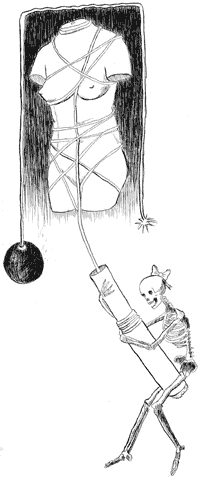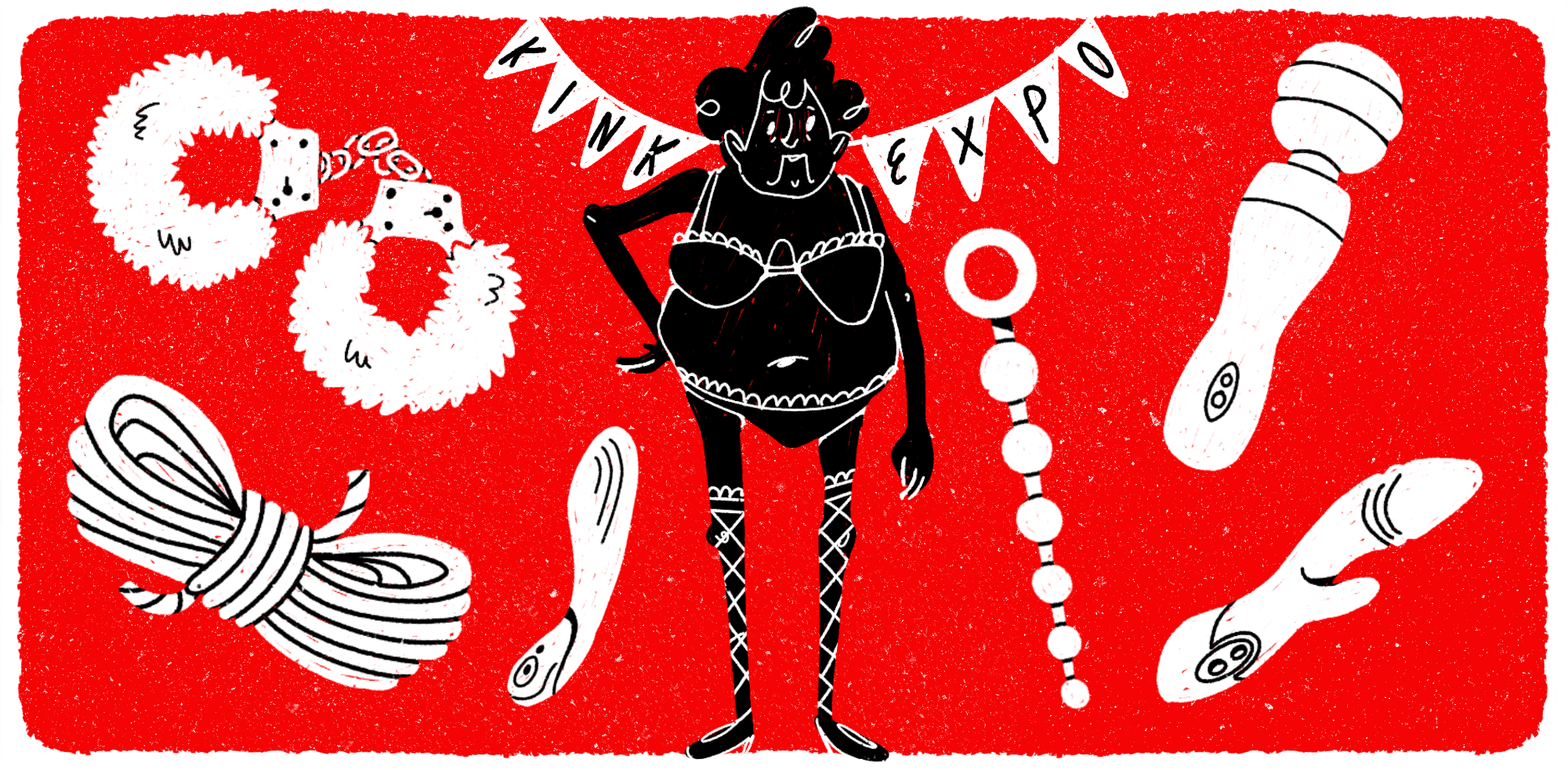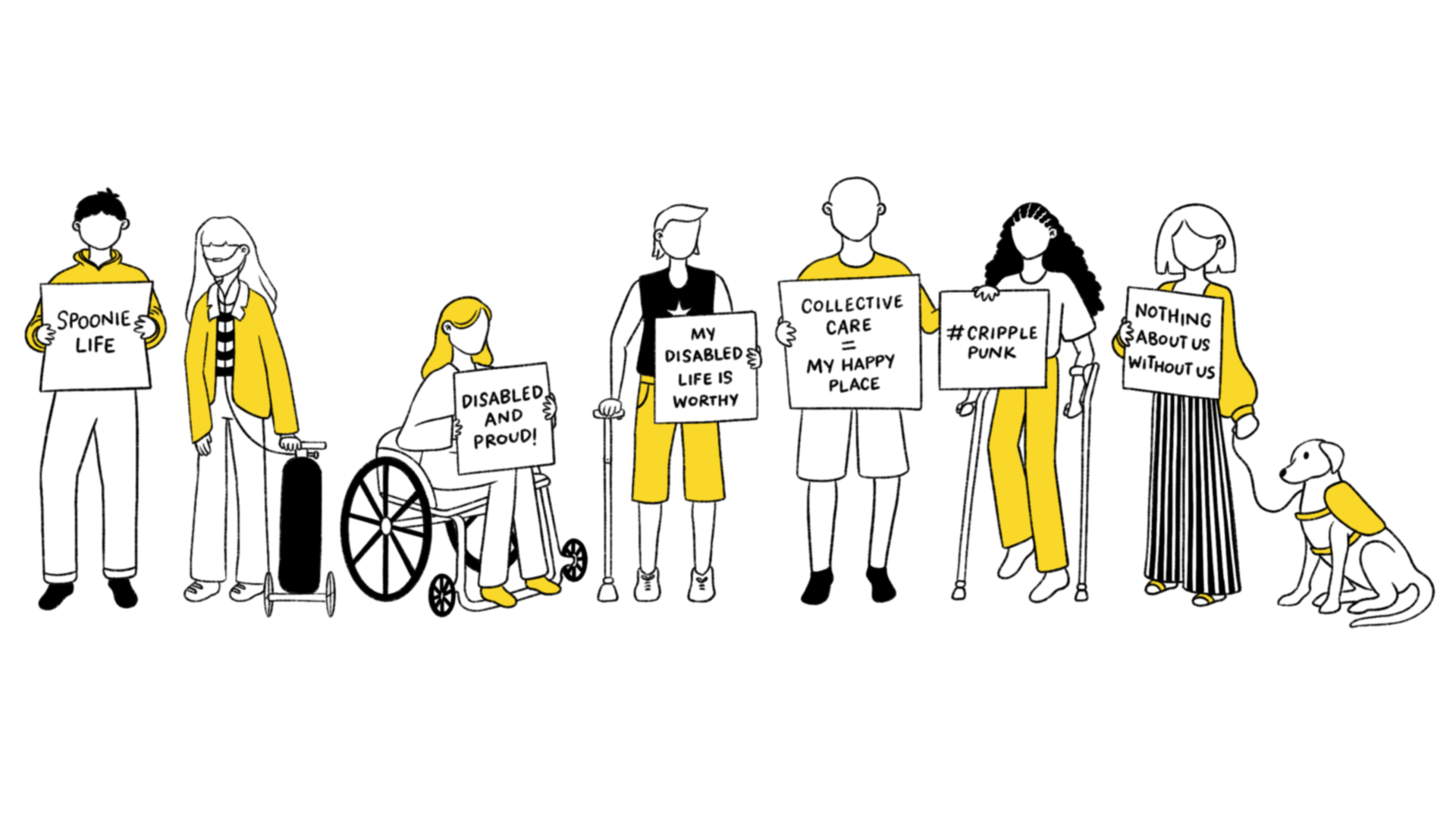By Manda Aufochs Gillespie
Did women recognize the hidden politics of menstruating a hundred years ago when they were denied education, jobs, and land for such reasons as “hysteria” and periodic “irrational behavior”? Or, did women then just accept these biases as a matter of course, the way women today accept paying more for a haircut or for their shirts to be dry- cleaned or pay countless dollars (or, if you want to count, how about $17) every month on tampons, panty liners, and maxi-pads. Plus tax, because, after all, feminine “hygiene” products are a luxury, kind of like a sailboat or a fancy red car, don’t you think?
Tampons are no little business. Almost 70 percent of menstruating women in the United States use tampons. In her lifetime, a woman will use as many as 16,800 tampons, supporting a $718 million market.
Considering the prevalence of tampons and other menstrual products in our lives and in our bodies, women spend shockingly little time thinking, talking about, and understanding the effects of menstrual products such as tampons.
An increasing number of alternative menstrual products, and the radical women behind these products, are helping to bring into public awareness more serious issues than the drain on the pocketbook that results from the monthly outflow of blood. Groups, such as the Blood Sisters, are arming women with facts.
For instance, most major brands of tampons and menstrual pads, such as Playtex, O.B., Tampax and others, use the chlorine bleaching process to whiten their products. This process results in the production of dioxin–a type of “organochlorine” as is DDT, PCBs and Agent Orange–that is linked to cancer, especially breast cancer, immune system suppression, endometriosis, pelvic inflammatory disease, and low sperm count.
The Environmental Protection Agency (EPA), citing evidence from scientists around the world, “frankly admit that pinpointing an acceptable exposure level is almost irrelevant,” says a 1995 Village Voice article. Given that dioxin bioaccumulates can remain in the body 20 or 30 years after exposure, “the real danger comes from repeated contact.” The EPA study showed that dioxins, in levels previously thought acceptably low, can severely effect the body.
Chlorine-bleached tampons can leave minute amounts of the dioxins in the vagina. Even trace amounts of dioxins are cause for concern because tampons come into contact with some of the most absorbent tissue in the body, says Dr. Philip Tierno, Jr., a director of clinical microbiology and diagnostic immunology at the New York University Medical Center and a leading expert on the health risks of tampons, in research collected by the National Research Center for Women and Families (NRC).
Women get doubly hit with tampons, because most major brands, besides bleaching, also contain rayon, another product of a chlorine bleaching process. Tampons have been shown to leave behind fibers from the rayon that damage a woman’s vagina by causing ulcerations and peeling of the mucus membrane and have been linked to Toxic Shock Syndrome (TSS), a potentially fatal disease that primarily strikes tampon users under the age of 30. Though the FDA claims that TSS cases have dropped in recent years, Dr. Tierno, Jr.’s research, according to the NRC, suggests that the actual number of “clinical cases” has not changed. When researchers tested 20 varieties of tampons for their ability to induce TSS toxins, the bacteria were detected in all US brands. According to Tierno, the evidence suggests that synthetic additives increase the production of the TSS toxin, while all-cotton tampons do not.
Well, but we need tampons and pads and those kinds of things to be bleached to make them sterile, right? Actually, bleaching does not mean that these items are sterile. Tampons, in fact, are not sterile. Neither are disposable pads. These industries work under no regulations to ensure sanitation. The bleach just means that tampons are white. If it is important for you to have that white look, there are smaller, alternative companies that have removed rayon all together and introduced an alternative whitening process using hydrogen peroxide.
The FDA came under attack in 1992 for downplaying the risks of dioxins in tampons and for altering their dioxin report to fit this claim. The Wall Street Journal, which covered the FDA hearings, revealed that the FDA had left this line out its final report for the public on dioxin levels: “It appear that the most significant risks may occur in tampon products.” Subcommittee chair Ted Weiss accused the FDA of ignoring its own scientist’s warnings. The Village Voice reported that “Weiss’s staff had uncovered a March 1989 memo stating that the risk of dioxin in tampons ‘can be quite high.’ While the memo advised that ‘the most effective risk-management strategy would be to assure that tampons… contain no dioxin.'”
But, the FDA never tested tampon safety. According to the NRC, the FDA admitted that their decision to declare tampons safe was based entirely on industry-supplied test results. The FDA conducted no independent tests to verify the manufacturers’ data on dioxin levels and safety. The FDA currently requires tampon manufacturers to monitor dioxin levels in their products but the results are not available to the public.
Meanwhile, it has been more than ten years since women in Great Britain successfully got British manufacturers of tampons and pads to stop using a chlorine gas process after scientific reports there revealed the dangers of dioxins in diapers and menstrual products. Similar efforts are underway in Australia, Canada and elsewhere.
Recognizing the importance of more research on this subject, Representative Carolyn Maloney, (D–New York), recently introduced the Robin Danielson Act, H.R. 373, that “directs the National Institutes of Health (NIH) to conduct research to determine the extent to which the presence of dioxin, synthetic fibers, and other additives in tampons and related products pose any health risks to women.” The legislation also asks the Centers for Disease Control (CDC) to collect and report information on Toxic Shock Syndrome (TSS).
Women have silently watched while the $1.7 billion sanitary protection industry has grown fat off their blood. Even shampoo products are required to list ingredients, while tampons, which are exposed to some of the most vulnerable tissue in a woman’s body, are not. Why do women in this country just sit by, grumble occasionally to themselves in the checkout aisle, and let an industry get by with barely disguised lies about their product’s safety? Is it that we are afraid of our own bodies? Certainly, women who are taught to be afraid to insert their own clean finger into their vagina, relying on a piece of plastic to insert a dioxin-filled, bleached tampon that may or may not actually be hygienic, would probably also not feel entitled to stand up for better, safer products. Maybe the first step to better menstrual products is for women to allow themselves to be curious: about their bodies, their health and their menstrual products.
Resources for buying alternative menstrual products and learning more about use:
http://urban-armor.orghttp://bloodsisters.orgwww.mamamoon.com
www.keeper.com
www.thekeeperinc.com
www.divacup.com
www.gladrags.com www.lunapads.com
www.birthwithsol.com
www.nurturedfamily.com
Resources on menstrual products and health cited in this article:
Illustration by Padraig O. Johnston
February 2005






















